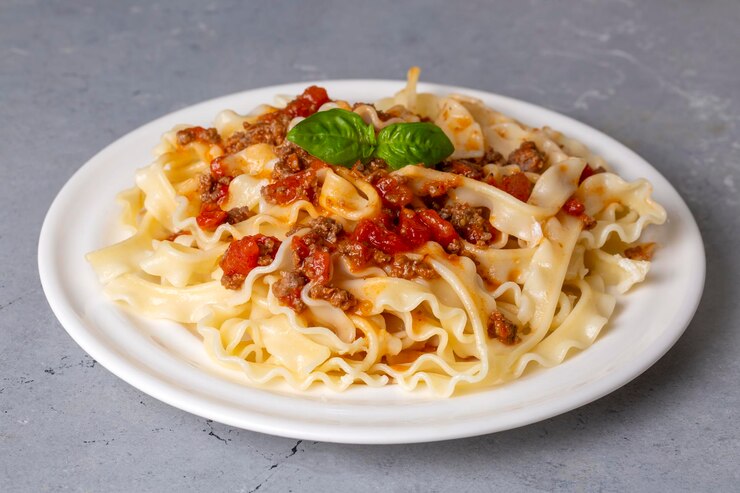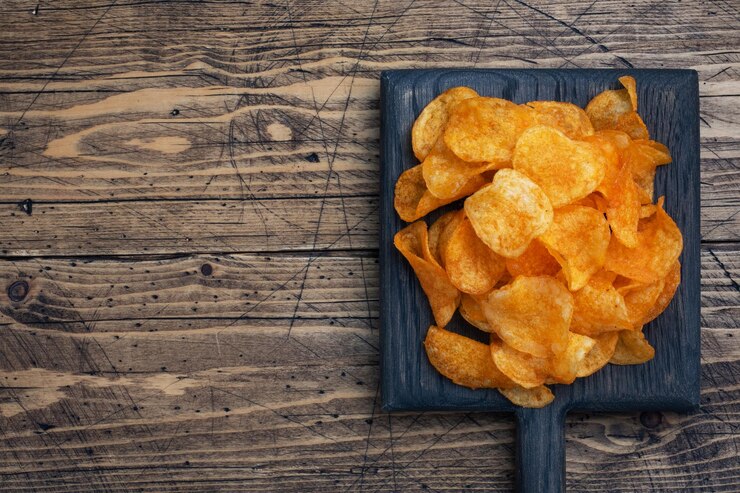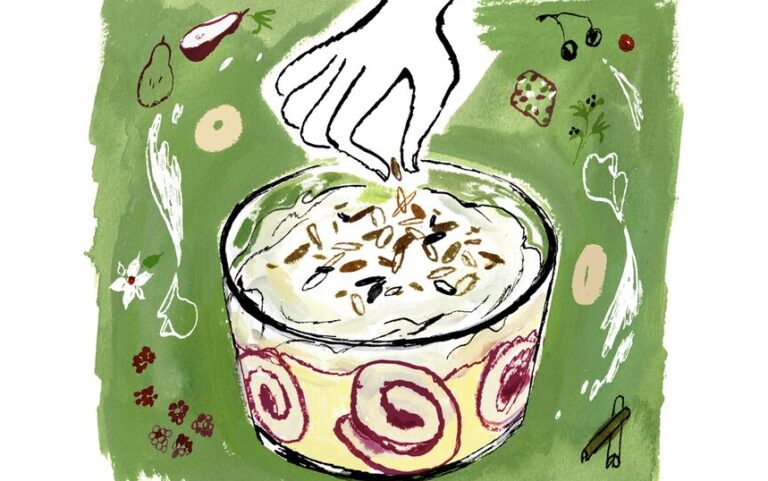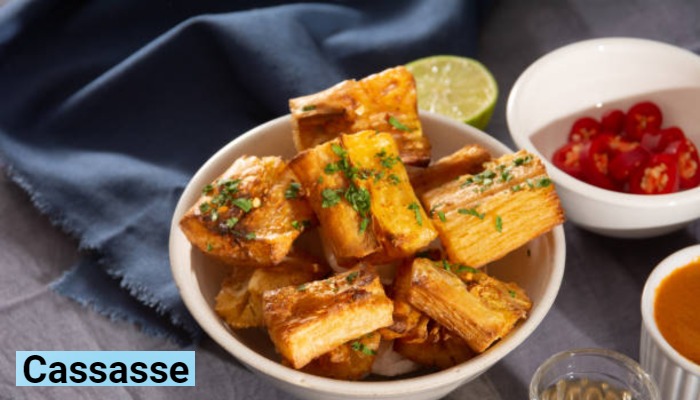Mafalde: A Unique Pasta with Rich History and Culinary Versatility
Introduction
Mafalde, also known as mafaldine or reginette, is a distinctive type of pasta that stands out for its wide, ribbon-like shape and frilly edges. Named after Princess Mafalda of Savoy, this pasta has a rich history and offers culinary versatility that makes it a favorite among pasta enthusiasts and chefs alike. This article explores the origins, characteristics, and popular uses of mafalde pasta.
Origins and History
- Royal Inspiration: Mafalde is named in honor of Princess Mafalda of Savoy, the second daughter of King Victor Emmanuel III of Italy. The pasta’s elegant, ruffled edges are said to resemble the ornate ribbons worn by the princess, reflecting her grace and nobility.
- Historical Context: The pasta originated in Naples, a city known for its rich culinary traditions and innovations in pasta-making. Over time, mafald’e has become popular throughout Italy and beyond, celebrated for its unique texture and ability to complement a variety of sauces and ingredients.
Characteristics of Mafalde
- Shape and Texture: Mafalde is characterized by its long, flat ribbons with wavy edges on both sides. The pasta’s width and ruffled edges give it a substantial mouthfeel, making it ideal for holding onto sauces and toppings.
- Cooking Properties: Due to its shape and thickness, mafald’e requires a slightly longer cooking time compared to thinner pasta varieties. When cooked al dente, it offers a satisfying chewiness that pairs well with hearty sauces and robust flavors.
Culinary Uses
- Pairing with Sauces: Mafalde’s shape and texture make it a versatile choice for a wide range of sauces. It works exceptionally well with rich, meaty ragùs, creamy Alfredo, and tomato-based sauces. The frilly edges capture and hold the sauce, ensuring each bite is flavorful.
- Baked Dishes: Mafalde is also an excellent choice for baked pasta dishes, such as pasta al forno. Its sturdy structure holds up well under the heat, maintaining its shape and texture while absorbing the flavors of the other ingredients.
- Vegetarian and Seafood Recipes: For lighter options, mafalde can be paired with vegetables, herbs, and seafood. A popular combination includes mafalde with a light lemon and olive oil dressing, sautéed vegetables. And fresh seafood like shrimp or clams.
- Innovative Creations: Chefs and home cooks alike enjoy experimenting with mafalde in creative dishes. From pasta salads to unique casseroles, its distinctive appearance and versatility provide endless culinary possibilities.
Conclusion
Mafalde pasta, with its elegant appearance and versatile culinary applications, is a testament to the rich traditions of Italian cuisine. Whether used in traditional recipes or innovative new dishes, mafalde brings a touch of sophistication and robust flavor to any meal. Its historical connection to Italian royalty adds a layer of cultural significance. Making every dish prepared with mafalde a celebration of Italy’s culinary heritage. For those seeking to explore and enjoy a unique pasta variety, mafalde offers a delightful and satisfying experience.







